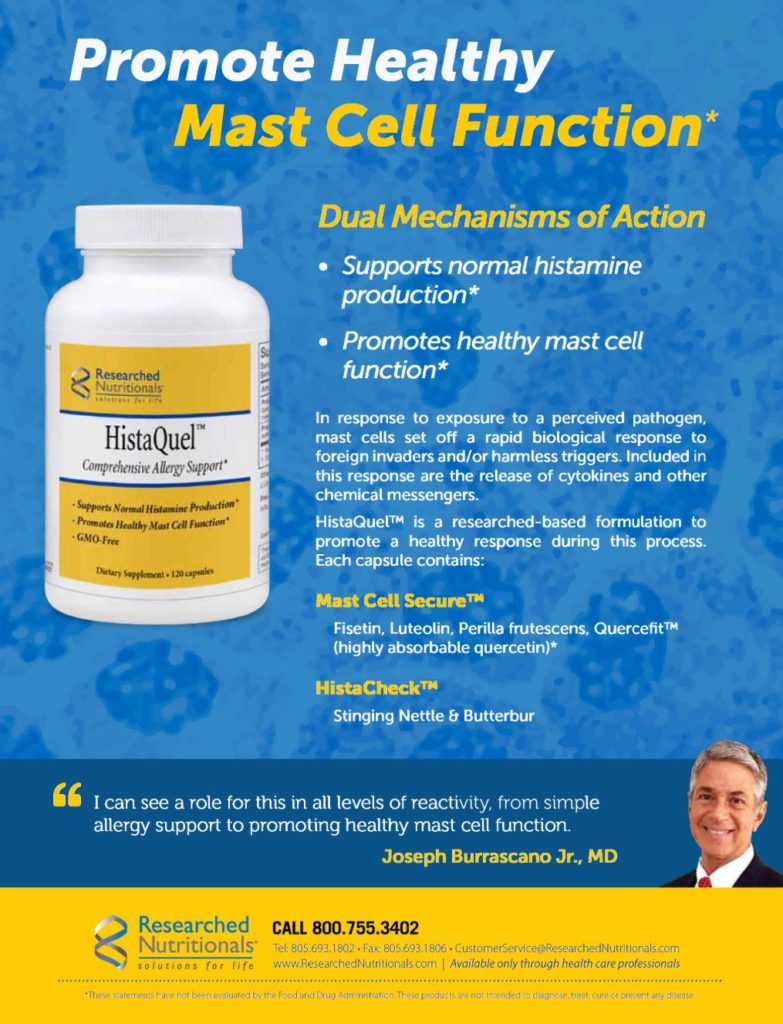by Rob Rennebohm, MD
This document is intended to help patients and families better understand how musculoskeletal pain (even extreme pain), or chronic fatigue (even profound disabling fatigue), or both pain and fatigue, might sometimes be due, at least in part, to “protective physiologic reactions.” It represents just one way of understanding chronic fatigue and musculoskeletal pain. Please understand that the concepts presented represent a hypothesis, rather than proven fact.
Many people, including children, experience what I prefer to call a “chronic fatigue/pain and sensory amplification” disorder – a disorder that, I hypothesize, represents a complex set of protective physiologic reactions to chronic physical tension, emotional tension, or both. This set of reactions is intended to get our attention, get us properly attended to, and encourage us to reduce the unhealthy tensions that our physiology has sensed. It is an example of a way in which our “body speaks to us.”
Normally, our human physiology hums along silently, as it takes care of our body’s needs. It silently maintains and regulates our blood pressure, heart rate, body temperature, digestion, and our autonomic nervous system, etc. It also lets us know when we have been physically injured – by sending appropriate pain messages to our consciousness.
Our human physiology is very protective, sensitive, and wise. It is beautifully designed to be that way, and we should be thankful for this.
Our human physiology cares about us. It senses when we are tense – physically, emotionally, or both. It senses when we are physically bracing ourselves to meet the usual challenges of everyday life, as well as unusual challenges. It senses our emotions – when we are unsettled, uncomfortable, un-relaxed, ill-at-ease, worried, fearful, confused, frustrated, tense, overly intense, anxious, stressed, overwhelmed, resentful, demoralized, dispirited, disheartened, feeling helpless, feeling hopeless, or feeling as if we are “not measuring up” (to our own expectations, to the expectations of others, or to both), or feeling bad about ourselves. It becomes particularly concerned when it notices that such physical and/or emotional tension is chronically present. It does not want us to go through life, chronically, carrying such tension. It does not like to see physical or emotional unrest (which often go hand-in-hand). It prefers to sense that we are emotionally and physically relaxed, at ease. It wants us to feel good about ourselves. It wants us to be at peace – with ourselves and our surroundings.
In addition to sensing emotional and physical tension, our human physiology senses and reacts to whether we are getting enough exercise and whether we are sleeping well. It does not like to see us not using all our muscles and the full range of motion of our joints. It worries when it senses we are not invigorating our hearts. It knows when we are not descending into sufficiently deep and restorative sleep. When it senses these disturbances, it assumes that something might be wrong and might need attention, including medical attention.
Our human physiology is pretty smart. It is constantly monitoring us, for our own good. It is very sensitive and not easily fooled. It senses disturbance before we may be conscious of it. Just as we, as human beings, tend to worry, our human physiology tends to worry and is programmed to react to perceived disturbance.
Fatigue and pain/sensory amplification are two ways that the body signals the need to address unhealthy physical and emotional tensions.
It is important to realize that there is a spectrum, regarding how sensitive, reactive, caring, and smart peoples’ human physiologies are. Some people have very sensitive and/or very reactive physiologies; others have quite insensitive and/or unreactive physiologies. Everyone is different in this regard. (More on this later.)
Our human physiology wants to protect us and is programmed to do so. When it senses chronic emotional or physical tension, it wants to let us know of its concern. It wants to get our attention, in hopes that its signals to us will lead to remedy of whatever is causing the tension. It wants to force change for the better. It feels the need to change the status quo. It does not want to simply provide symptomatic relief, by pouring out endorphins or other substances that would make us feel good. That would be too easy, would cover up the problem, would not encourage us to address the root causes of our tension, and would violate our free will.
Our human physiology has limited but very good ways to signal its concern, safely get our attention, and force corrective action. Kindly, it does not want to get our attention in ways that could cause bodily harm. Two good ways to safely get our attention are to create fatigue and to amplify pain (and/or sensation). If our human physiology makes us feel profoundly tired, it becomes difficult for us to keep going through life the same way we have been. If our physiology amplifies pain so that we are suffering from musculoskeletal misery or chronic headaches or frequent abdominal pain, that pain makes it difficult for us to keep doing what we have been doing. (Pain amplification occurs within the brain itself. Please see the section entitled MSK-PAP for a more detailed explanation of how “pain amplification” might occur.)
The profound chronic fatigue (often totally exhausting), or the pain amplification, or both, force us to take stock and take some sort of corrective action. At the very least, these symptoms force us to realize that something is wrong and to ask “what’s wrong.” Usually, these symptoms prompt (sooner or later) a visit to a physician, who then, ideally, helps us to accurately figure out “what is wrong.”
A good physician will consider all plausible explanations for “what is wrong,” including combinations of causes. The list of plausible explanations includes all of the diseases that can cause chronic fatigue (and/or pain) but also includes the possibility that the fatigue or pain could, at least in part, represent a protective reaction on the part of our human physiology. Subsequent investigation is designed to clarify “what’s wrong.” Is it one of the plausible diseases? Or, at least in part, is the person experiencing a protective physiologic reaction(s) that is causing profound, very real, even disabling, fatigue and/or pain?
Ideally, if the fatigue (or pain) is, at least in part, due to a protective physiologic reaction, the physician will recognize such and will effectively explain this phenomenon to the patient. Misdiagnosis, either way, does no good. If the fatigue is largely or completely due to a protective physiologic reaction, it is counter-therapeutic to erroneously or unconvincingly attribute the fatigue to a specified or unspecified disease process. Misattribution just causes more mystery, confusion, worry, fear, frustration, resentment, unrest, and tension – the very kinds of emotions that, in fact, prompt and fuel our human physiology’s concern and protective reactions. Likewise, it obviously does no good to attribute the fatigue to a protective physiologic reaction if, in fact, it is due to a specific disease process, such as an autoimmune disease.
Also, good is limited if, after thorough investigation for plausible diseases, the physician declares that he/she could find “nothing wrong” and ends the patient-physician encounter on that only half-reassuring, half-helpful, and only half-correct note. Even worse would be an incomplete investigation, followed by the expressed or implied insinuation that the problem is “all in your head,” followed by no further effort to explain matters or help the patient, who is now left bewildered and alone, to fend for herself/himself. Even if the physician correctly determines that the “what’s wrong” is a protective physiologic reaction, good is limited if the physician does not fully explain this phenomenon to the patient and does not discuss how to reverse the reaction.
How does one reverse protective physiologic reactions? The short answer is to eliminate or, more realistically, diminish or cope better with the very tensions (physical and/or emotional) that one’s human physiology is appropriately reacting to in the first place. The protective reaction will decrease or cease only when our human physiology senses that unhealthy tensions are trending in the right direction, such that there is less for our physiology to be concerned about. The protective reaction diminishes only when our human physiology becomes convinced that unhealthy tensions are being adequately addressed, such that it can consider its job (of protecting us) to be done. If it sees no progress, it will continue to express its concern (through persistent creation of fatigue, pain amplification, or both). Our human physiology is not easily convinced that its job has been done. It cares too much and is too smart to allow itself to be falsely reassured. It needs lots of convincing. The longer answer includes the following.
The first step is an educational, intellectual one. The patient needs and deserves to fully understand the concept of “protective reactions on the part of our human physiology.” Knowledge empowers, inspires, and frees. Without this understanding, the patient is left confused, sceptical, un-empowered, and ill-equipped to do what is necessary.
The above education is of limited value, however, if the patient does not believe the concept being explained, is not convinced that the concept applies to his/her situation (assuming it does), or is still worried that some disease process is being missed.
So, the education needs to be both understood and trusted – but only if it deserves trust, of course.
Article continues on next page







